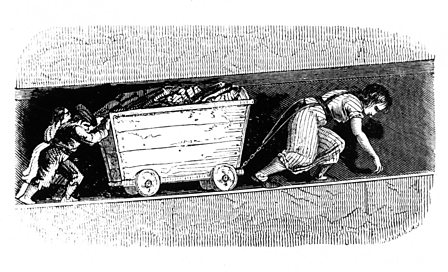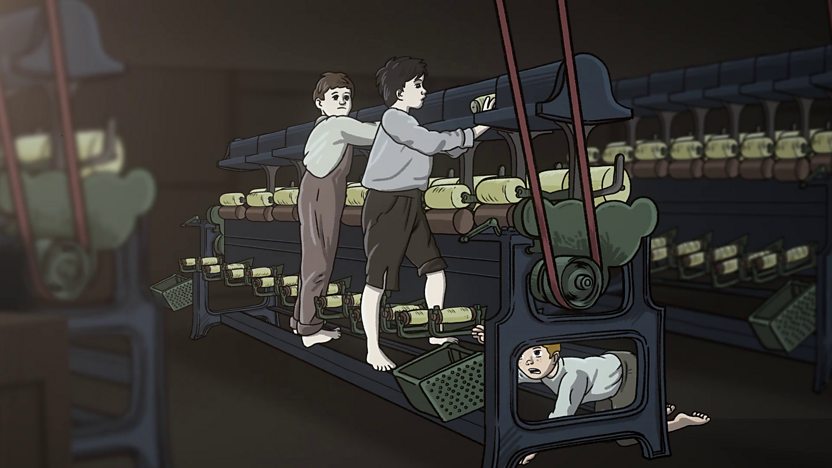Theme
Autumn 1 - Sparks Might Fly



History
We have been been looking at the Industrial Revolution as part of our theme topic.
We have learned about lots of different facts that happened during the Industrial Revolution. We have focused on inventions, transport, working conditions and lots more. This helped us to write diary entries as if we had woken up in the time of the Industrial Revolution.
Science
So far this term, we have been investigating how a circuit works using different components, conductors and insulators, how to make a bulb brighter and how to check a circuit if it isn't working.
Design Technology
We have been making our own 'buzzer' games - linking this to our theme topic and electricity. We now know how the games work as we have used our new knowledge from Science to help us connect a circuit with a buzzer.
Autumn 2 - The Great Plague
This half term Year 4 have been learning about The Great Plague. The Plague started in London in 1665 and ended in 1666. The Great Fire of London played a part in the ending of the Plague as it killed a lot of the rats that were spreading the disease.
We have learnt about; living conditions in London at the time, how and why The Plague spread so quickly, who was affected most and why, the symptoms and of The Plague and Plague Doctors. Children were familiar with the word 'pandemic' and could link some aspects of the Plague to our current situation with the Coronavirus. The children compared Mortality Bills from London in 1666 to the current death firgures from the Coronavirus as well as the vaccine roll out. I am very proud of how mature the children have been whilst discussing this topic as it can be challenging and upsetting.
Spring 1 - The Art of Food
Science
We have been looking at teeth and the digestive system this half term. We know the different types of teeth and their functions. We know incisors are used to bite and cut through food, canines are for tearing food and molars are for grinding food.

The children used different tools to identify how the different teeth worked.
The digestive system
The digestive system helps to break down the food for the body to process and use.
Without digestion, the food we eat would just come straight out in our poo.
Digestion happens in the digestive system. This is a series of organs that break down the food so it can be absorbed into our blood and travel around to where it is needed.
Food enters the digestive system as soon as you put it in your mouth. This is where food is broken down by your teeth, mixed with saliva and swallowed. Once you have swallowed your food, it travels down your oesophagus into your stomach where the food is churned with stomach acid to kill any germs which may be on it.
Your body has two sets of intestines:
- Small intestines: where food is broken down and nutrients are absorbed into the blood.
- Large intestines: where water is absorbed into the blood.
Any food that can't be absorbed is then stored in your anus until you go to the toilet.
Spring 2 - Passport to Europe
Design Technology
For the first part of this half term, we have been focussed on Design Technology. Our mission is to make our own passport holders.
So far, we have evaulated exisiting products and have looked at the 6 principles of design (authenticity, user, purpose, functionality, design decisions and innovations).
We have also had a go at designing a passport holder which we have made them personal by including things we like.





Summer 1

History - Immersion Day
Year 4 enjoyed a day dedicated to immersing themseves in the history of Ancient Egypt. The children took part in three activites where they learned facts about Egypt, hierogyphics and wrapped themselves up like mummies. Take a look at how how busy our Year 4 were.



.JPG)
.JPG)



Key questions:
Why was the Rver Nile important to the Ancient Egyptian civilization?


How was death treated in Ancient Egypt?
How reliable do you think the historical evidence is, that we use to learn about the Ancient Egyptian?
 Reedley Primary School
Reedley Primary School







.JPG)

.JPG)